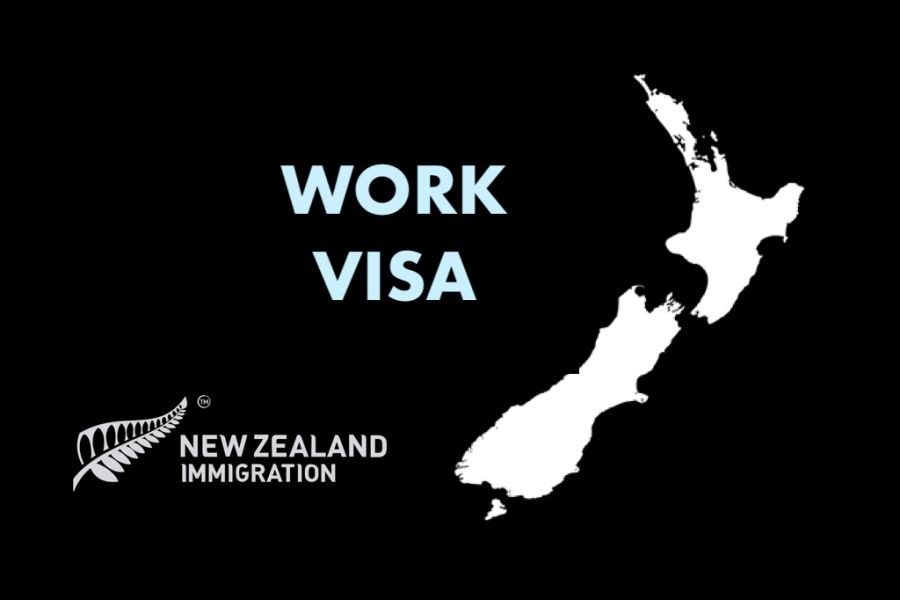New Zealand is often celebrated for its breathtaking landscapes, but beyond its picturesque vistas lies a hidden gem that attracts individuals and families worldwide: an exceptional work-life balance. In an era where burnout is commonplace, New Zealand stands as a beacon of equilibrium between professional commitments and personal well-being. This harmonious blend is not merely a cultural artifact; it is fortified by sound policies, economic stability, and a robust societal structure that promotes quality living. But what exactly makes New Zealand the ideal place for achieving this balance, and how can it inform global practices?
Understanding Work-Life Balance in New Zealand
Work-life balance is not just a buzzword in New Zealand; it is a way of life. The country's labor laws are designed to support flexible working arrangements, which is crucial in accommodating diverse lifestyles. According to the Ministry of Business, Innovation and Employment (MBIE), a significant number of New Zealanders enjoy flexible work hours, with 60% of employees working outside the traditional 9-to-5 framework. This flexibility not only allows for increased family time but also enhances productivity and job satisfaction.
Economic Structures Supporting Balance
New Zealand's economy provides a fertile ground for maintaining work-life balance. With a low unemployment rate of 3.4% as of 2023 (Reserve Bank of New Zealand), the labor market is buoyant, offering ample opportunities for career progression without compromising personal time. Moreover, the country's emphasis on small and medium enterprises (SMEs), which make up 97% of all businesses (Stats NZ), encourages entrepreneurial ventures that often offer more adaptable work environments.
Policy-Driven Work Environment
New Zealand's government has been proactive in implementing policies that foster a balanced lifestyle. The Employment Relations Act 2000, which governs all employment agreements, ensures fair treatment and work flexibility. Moreover, the Holidays Act 2003 provides employees with a minimum of four weeks of paid annual leave, one of the highest in the OECD. Such legislative measures create a work environment where employees feel valued and less stressed.
Real-World Case Studies: Kiwi Success Stories
Let's delve into some real-world examples that illustrate how New Zealand businesses and individuals have successfully navigated the terrain of work-life balance.
Case Study: Xero – Embracing Flexibility
Problem: Xero, a leading cloud accounting software company, faced challenges in maintaining employee morale and productivity during its rapid expansion phase.
Action: The company implemented a flexible working policy, allowing employees to choose their work hours and location, thus fostering a results-oriented culture.
Result: Within a year, employee satisfaction scores increased by 25%, and productivity metrics showed a 30% improvement.
Takeaway: Xero's success underscores the importance of flexibility in enhancing employee morale and productivity, a strategy applicable across various industries.
Case Study: KiwiBank – Prioritizing Well-being
Problem: KiwiBank, one of New Zealand's largest banks, was experiencing high levels of employee stress, leading to reduced performance.
Action: The bank introduced a comprehensive wellness program, including mental health days, on-site yoga sessions, and competitive leave policies.
Result: Employee turnover decreased by 15%, and customer satisfaction ratings improved significantly, reflecting better service quality.
Takeaway: Prioritizing employee well-being can directly impact business performance and customer satisfaction.
Data-Driven Insights: Metrics That Matter
Statistics play a crucial role in understanding the effectiveness of New Zealand's work-life balance strategies. A report from Stats NZ indicates that employees who utilize flexible working arrangements report a 20% higher job satisfaction rate compared to those in traditional settings. Furthermore, the Reserve Bank of New Zealand notes that companies offering flexible work options have a 35% lower employee turnover rate, saving significant costs associated with recruitment and training.
Pros and Cons of New Zealand's Work-Life Balance
Pros:
- Higher Job Satisfaction: Flexible work arrangements lead to a 20% increase in employee satisfaction (Stats NZ).
- Reduced Turnover: Companies practicing work-life balance experience a 35% lower turnover rate (Reserve Bank of NZ).
- Improved Productivity: Flexible work environments boost productivity by 30% (Xero case study).
- Policy Support: Robust legislative frameworks ensure fair treatment and work flexibility.
- Economic Stability: A low unemployment rate supports career progression without compromising personal time.
Cons:
- Initial Implementation Costs: Transitioning to flexible work environments can incur upfront costs.
- Industry Variability: Not all sectors can implement flexible working arrangements effectively.
- Potential for Overwork: Flexible hours can sometimes blur the line between work and personal time, leading to overwork.
- Regulatory Compliance: Companies must navigate complex regulations to comply with employment laws.
Common Myths and Mistakes
Myth vs. Reality
- Myth: "Flexible work means less productivity."
- Reality: Companies with flexible work arrangements report a 30% increase in productivity (Xero case study).
- Myth: "Work-life balance is only for those with families."
- Reality: Flexible work benefits all employees, regardless of personal circumstances, enhancing overall job satisfaction (Stats NZ).
- Myth: "New Zealand's work-life balance is only possible due to its small population."
- Reality: While population size plays a role, policy frameworks and economic stability are key drivers of work-life balance.
Future Trends and Predictions
As global work dynamics continue to evolve, New Zealand is poised to lead in pioneering work-life balance innovations. By 2028, it is predicted that 70% of New Zealand companies will adopt hybrid work models, integrating remote and in-office work seamlessly, according to a Deloitte report. Furthermore, advancements in technology and digital infrastructure will facilitate more personalized work experiences, contributing to even greater job satisfaction and productivity.
Conclusion: Final Takeaway and Call to Action
New Zealand’s exemplary work-life balance is a testament to the effectiveness of supportive policies, economic structures, and cultural values. As businesses and individuals worldwide seek to emulate this balance, the lessons learned from New Zealand’s approach can serve as a valuable blueprint. Whether you are a policy analyst, business owner, or employee, embracing flexibility, prioritizing well-being, and leveraging supportive policies can significantly enhance work-life harmony.
What are your thoughts on applying New Zealand's work-life balance strategies in your context? Share your insights below, and if you found this article valuable, consider sharing it with your network!
People Also Ask (FAQ)
- How does work-life balance impact businesses in New Zealand?NZ businesses with strong work-life balance report 35% lower employee turnover, enhancing engagement and reducing recruitment costs (Reserve Bank of NZ).
- What are the best strategies for implementing work-life balance?Experts recommend starting with flexible work policies, followed by wellness programs, and ensuring robust employee support systems for long-term success.
- Who benefits the most from work-life balance in New Zealand?Work-life balance benefits all employees, families, and businesses, making it a strategic focus for enhancing productivity and well-being.
Related Search Queries
- New Zealand work-life balance statistics
- Best countries for work-life balance 2023
- Flexible work policies New Zealand
- Work-life balance strategies
- New Zealand employment laws 2023
- Benefits of work-life balance
- New Zealand economy and work-life balance
- Case studies on work-life balance
- How to improve work-life balance
- Work-life balance myths and realities
































JohannaFan
7 months ago